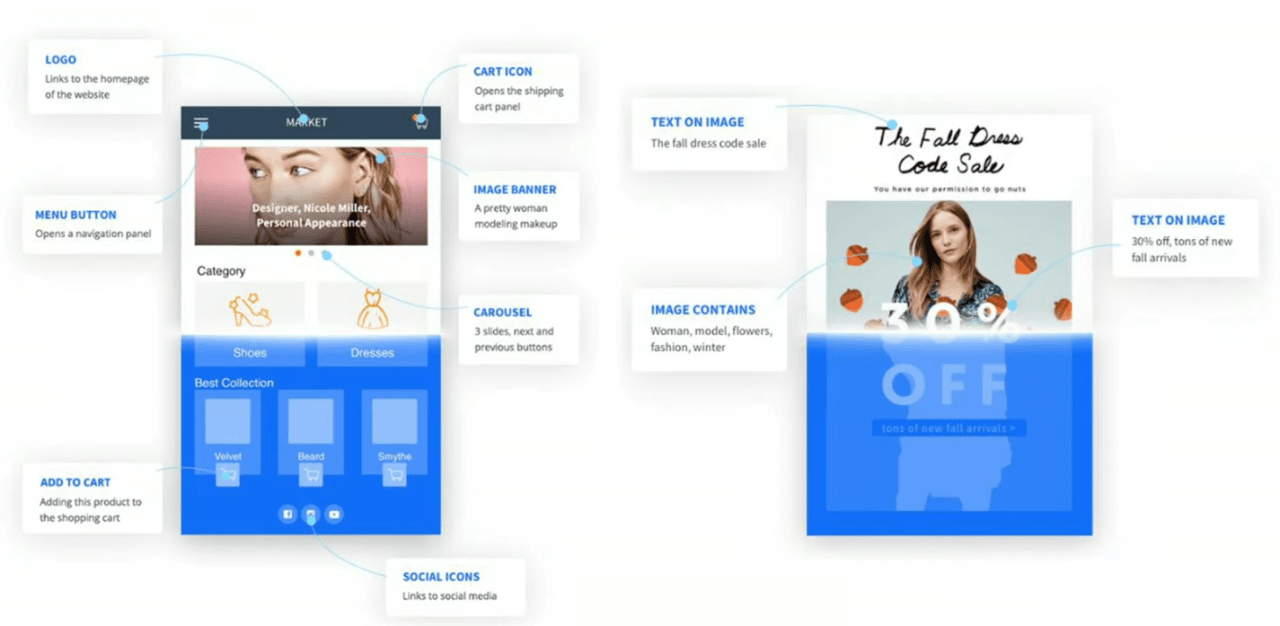The digital landscape has gradually transformed into a cornerstone of modern society, yet its accessibility challenges continue to marginalize users with disabilities. Introducing accessiBe, a startup focused on providing a quick fix to a pressing problemwebsite accessibility. Recently, accessiBe raised a significant $28 million in a Series A funding round, highlighting both the urgency of the issue and the startup’s innovative approach. But while accessibility overlays promise immediate solutions, the question remainsare they effective long-term? Let’s dig deeper into the world of web accessibility to understand what this means for businesses and users alike.
The Accessibility Gap: What Small Businesses Face
For many small to medium-sized businesses (SMBs), creating an accessible website often feels like an uphill battle. The reality is that building sites that meet the latest accessibility standards can be complicated, time-consuming, and expensive. Many existing sites are poorly coded or lack the features necessary for ADA compliance. Legal ramifications are worrying for business owners who might find themselves on the wrong side of the law.
In this scenario, an accessibility overlay like accessiBe offers a potential lifeline. By simply adding a line of JavaScript, businesses can temporarily mitigate accessibility issues while they work on a more comprehensive solution. However, critics argue this approach primarily serves as a band-aid rather than a cure.
How Does the AccessiBe Overlay Work?
Utilizing machine learning algorithms, accessiBe scans a website’s existing code to identify common accessibility problemssuch as unlabeled buttons or missing alt text for images. Once identified, the technology makes real-time adjustments to enhance usability for individuals with disabilities. This includes features that improve contrast, disable animations, or modify font size to cater to varied needs.
You can witness this robust technology in action on popular websites, simply by appending the #showacsb tag to the URL. Brands like Everlast and Tupperware have adopted this solution, showcasing immediate improvementsyet the long-term efficacy of such overlays remains contentious.
The Philosophical Debate: Genuine Accessibility vs. Quick Fixes
One of the most contentious aspects of accessibility overlays is the long-term implications they pose for genuine accessibility. Opponents argue that these tools might inadvertently reinforce the notion that accessibility can be achieved through a single line of code. This could lead developers to deprioritize accessibility features while constructing websites, believing they can solve compliance issues later with third-party solutions.
Furthermore, accessiBe’s model raises ethical concerns regarding the concept of separate but equal. Just as society moved away from the idea of segregated spaces, critics highlight the danger of treating web accessibility as an optional feature that can be toggled on or off. They stress the importance of building inclusivity directly into the websites architecture from the ground up.
A Step Forward or a Temporary Crutch?
As accessiBe continues to innovatedeveloping user-side options independent of websitesthe startup acknowledges that truly accessible web design requires long-term commitment from businesses. Nonetheless, the rapid deployment of accessibility overlays can offer relief in the short term, especially for SMBs that lack the resources for extensive redesigns.
With K1 Investment Management’s recent financial backing, accessiBe intends to enhance its technology and broaden its user base. The cash infusion will also be used to hire people with disabilities to ensure that the product meets real-world needs, a move many will welcome amid ongoing discussions around inclusivity in tech.
Conclusion: The Journey Ahead
The $28 million raise shows significant demand for immediate accessibility solutions, and while accessiBe may not solve every problem overnight, it represents a critical first step toward making the digital world more welcoming. Although it’s clear that tools like accessibility overlays are not long-term fixes, they serve to highlight a growing recognition of the need for accessible web experiences. As new technologies continue to emerge, the call for an inclusive internet will only intensify.
At fxis.ai, we believe that such advancements are crucial for the future of AI, as they enable more comprehensive and effective solutions. Our team is continually exploring new methodologies to push the envelope in artificial intelligence, ensuring that our clients benefit from the latest technological innovations.
For more insights, updates, or to collaborate on AI development projects, stay connected with fxis.ai.

